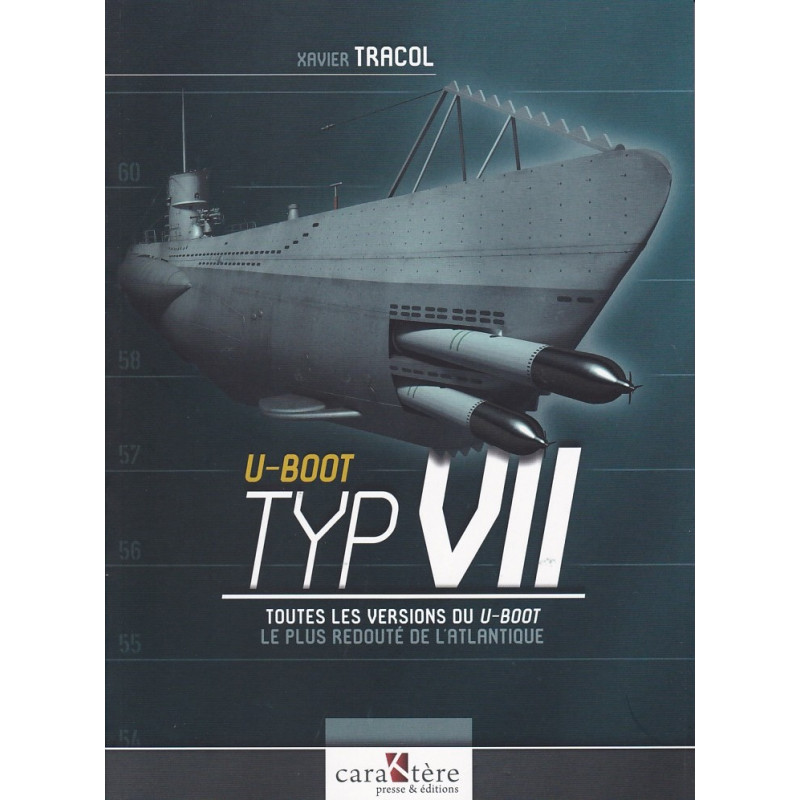
Some may wish to support traditional hard drives as well as ram, the file system being on something sata for example, spinning media or ssd. Some may wish to be ram heavy and dont care that a slow spi flash is used to get the kernel and root file system over and runtime everything is ram based including the file system.

What we have seen in that market is a need to support various non-volatile storage solutions. The chips you are asking about are most likely centered around the ARM processor the purpose of the chip is to make a "CPU" that is ARM based. There is no reason to assume that all chips with a cortex-a are centered around the cortex-a, the cortex-a may just be there to boot and manage the real thing the chip was made for.
U boot documentation full#
The address space, particularly for the full sized arms is fairly wide open, so even if they use the same usb ip as everyone else, doesnt mean it is at the same address as everyone else. Plus glue logic, plus whatever their secret sauce is they add to this to make it different and more interesting to the consumer than the competition. It is one block in their chip design, usually they have many other blocks, usb controllers (likely purchased ip), pcie controller (likely purchased ip), ddr, ethernet, sata, emmc/sd, etc. See The AM335x U-Boot User's Guide for more u-boot specific, AM335x-related information.ĪRM doesnt make chips it makes IP that chip vendors purchase.
U boot documentation code#
Some input pins may be used by the ROM code to direct the boot process - see SYSBOOT Configuration Pins in table 26-7. In the case of the TI AM335x Cortex-A8 SoCs for example, section 26.1.6 of the Technical Reference Manual, and more specifically figure 26-10, explains the boot process. The ROM code would be the Primary Boot Loader in this scenario. The SPL for a given SoC should be small enough to fit in the SoC On Chip RAM. This code, which is often named the Secondary Program Loader (SPL) would then be responsible for, say, configuring the SDRAM controller, then read the non-SPL part of u-boot into at the beginnning of the SDRAM, then jump to a specific address in the SDRAM.

U boot documentation serial#
If pin x is 1, configure the UART for 19200 bauds, 8 bits parity, no stop bits, attempt to read 64KiB from the serial port using the X-MODEM protocol into the OCRAM, then transfer control to the code located at offset 256 of the OCRAM. This code in the ROM could do something like: - If pin x is 0, read 64KiB from first sector of the eMMC into the On Chip Static RAM, then transfer control to the code located at offset 256 of the OCRAM for example. It is usually documented in the SoC's reference manual, and it does describe the various conventions (where to read u-boot from, specific addresses) the u-boot port specific to this SoC should follow in order to the code in ROM to be able to load u-boot, and ultimately transfer control to u-boot. It depends on the SoC, and the scheme used for booting will differ from one SoC to the other.


 0 kommentar(er)
0 kommentar(er)
